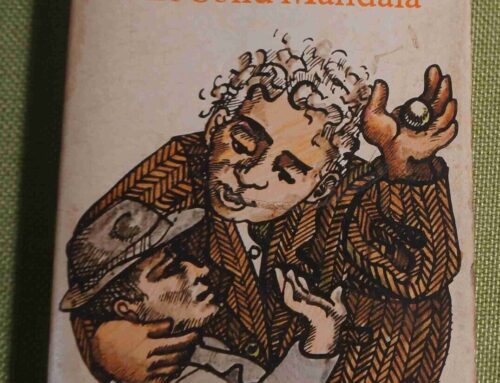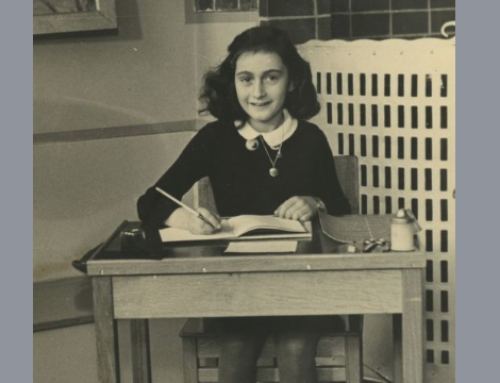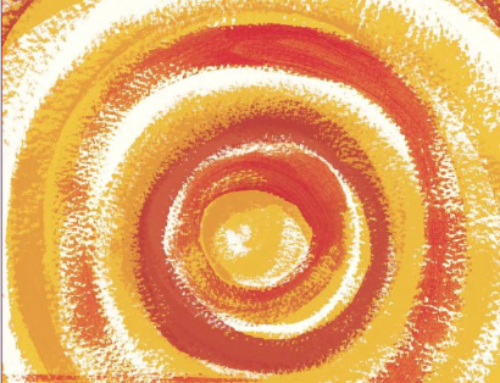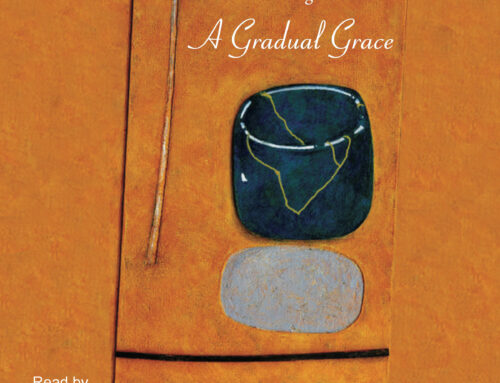Galileo Galilei, in 1609, set a telescope in the garden of his house and turned it skywards.
Never-before-seen stars leaped out of the darkness to enhance familiar constellations: the nebulous Milky Way resolved into a swath of densely-packed stars; mountains and valleys pockmarked the storied perfection of the Moon; and a retinue of four attendant bodies travelled regularly around Jupiter like a planetary system in miniature.
Galileo was, as he put it, ‘the first observer of marvels kept hidden in obscurity for all previous centuries.’ His observations of this previously unknown world brought him to a position of influence and privilege. He was appointed chief mathematician and philosopher to the grand duke and took up residence in the court of Cosimo de’ Medici. However, his greatness was shadowed by enmity and suspicion, for his discoveries and teachings brought him into conflict with the authorities of the Catholic church. He was reprimanded by a cardinal inquisitor in 1616 and ordered to be silent about his theories of the laws of motion and support of Copernicus’s description of a sun-centred universe, introduced over half a century earlier and rejected by the establishment.
I began this book with low expectations, as I am not scientifically minded and expected it would be hard to follow. Indeed, although I wouldn’t be able to explain Galileo’s worldview to you after reading it, I have a vivid impression now of the man and his times, of his rich and complex relationships with his family, friends and supporters, and of the tragic paradox of his scientific discoveries that conflicted with the Church’s rigid control over beliefs and the dissemination of knowledge. He lived in a dualistic universe, caught between faith and reason, yet he held his faith until his death, despite his trial and imprisonment in 1633. He also kept pursuing, in private, his studies and writings. Still under house arrest, now blind and racked by illness, as he lay dying for more than two months, he had time to dictate his thoughts on mathematical ratios to a devoted student. After his death in 1642, he was buried humbly in the chapel in the Francisco church of Santa Croce, but his student planned a fitting monument for him. It was not until 1737 that permission was granted by the church to move his remains to the marbel sarcophagus.This late honouring of his life and achievements brought to light a hidden treasure.
Galileo’s two daughters, born of an ‘illicit liaison’, were placed in a convent when they were young, as their father considered their illegitimacy would make them ‘unmarriageable.’
It is not till page 101 in my copy that we hear the voice of his elder daughter, Suor Marie Celeste (christened Virginia) at any length. This, for me, is when the story really comes to life. One hundred and twenty-four of her letters to him survive, but none of his to her. Her letters are eloquent, intimate, full of love and concern and admiration for her father. She takes us through the mirror of his public life and scientific studies and shows us the constricted life of a young woman brought up in poverty and seclusion in a convent of the Franciscan order. Always devoted to her father and equally devoted to her order, she suffers many hardships and bodily misery, yet never complains of her lot. That a young woman of such strong character and intelligence should have to live such a life seems cruel and even absurd now, considering the power, wealth, luxury and relative freedom that men in the church enjoyed. Given her powers of expression, her sensitivity and intelligence, her life would be very different in a different age.
Both the tragedy of her humble, incarcerated life and the beauty and strength of the relationship of father and daughter are poetically and movingly symbolised by the ‘hidden treasure’ that I mentioned above. When Galileo’s coffin was dug up, another almost identical one was found directly beneath it. The experts agreed on the identity of the bones. They were of a much younger female. She was laid in the sepulchre beside her father. But there is no inscription for her on the tomb.
But still she is there.
This book is a masterpiece of historical biography, which combines complex theory clearly presented with vivid details of character and event and intellectual, emotional and domestic dramas and conflicts. One of the most impressive things about it, for me, is that Sobel gives us many vignettes of Catholic doctrine and ritual, presented in excerpts from the rules of the convent and the psalms, as well as extracts from the dialogue of the inquisitors and Galileo and their judgments — all without judging and interpreting their actions and attitudes. Equally, we can read behind the lines of Galileo’s testimony and infer that he at times came close to equivocating, though he did not lie, while upholding and believing in his own innocence and sincerity. This subtle and balanced presentation allows us to form our own conclusions, in that space between two opposing sets of beliefs.




